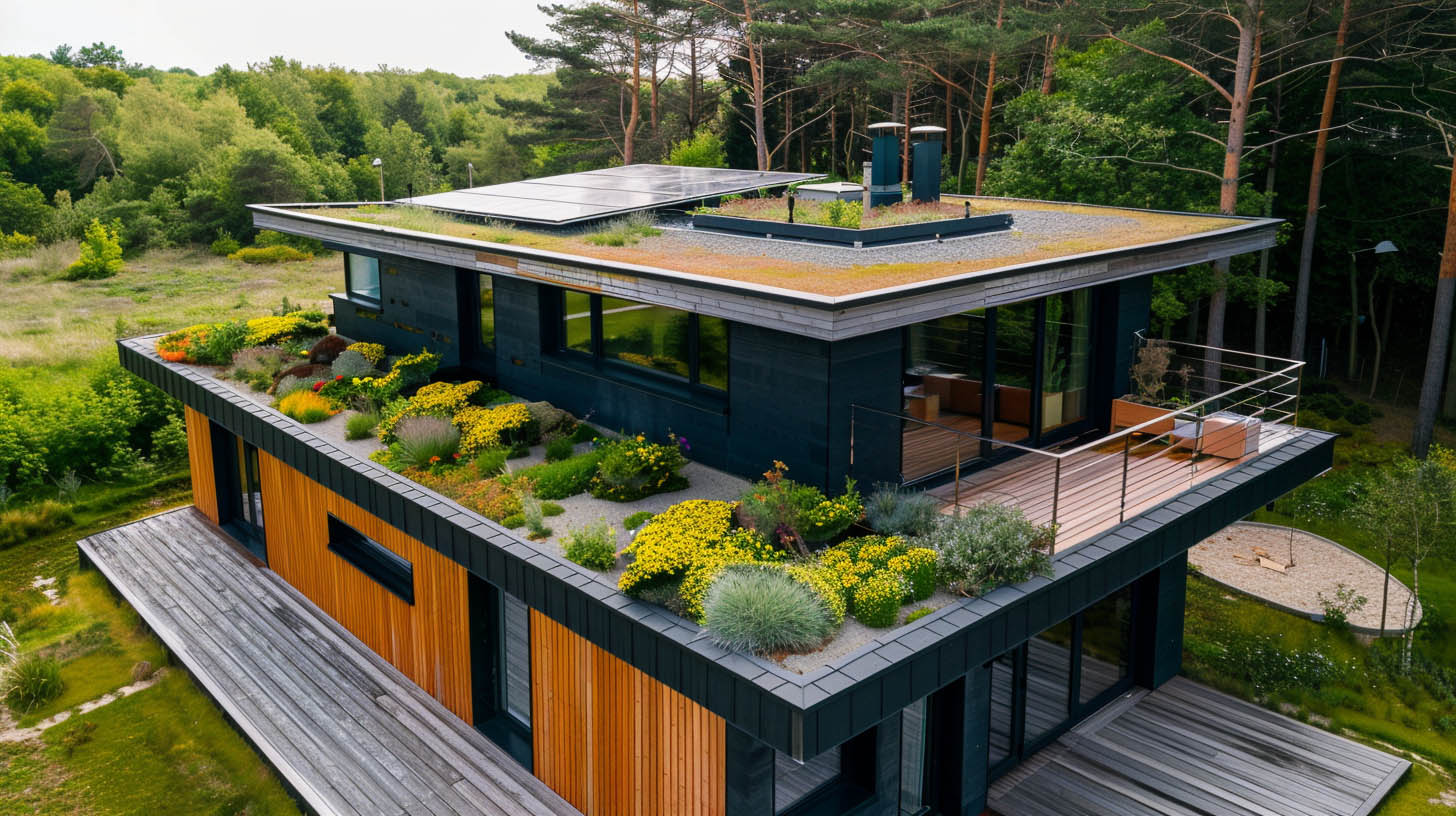In an era where environmental sustainability is not just a preference but a necessity, homeowners are increasingly gravitating towards roofing options that promise not only durability and aesthetic appeal but also a minimal ecological footprint. This comprehensive exploration delves into the forefront of eco-friendly roofing technologies and materials, offering a blueprint for those committed to making environmentally responsible choices for their homes.
Solar Reflective Roofing: A Leap Towards Energy Conservation
Solar reflective roofing stands out as a pivotal innovation in sustainable living. By reflecting sunlight and minimizing heat absorption, these roofing systems significantly reduce the need for air conditioning, leading to substantial energy savings and a decrease in greenhouse gas emissions. Available in various materials, including metal roofs with specialized reflective coatings and advanced asphalt shingles, solar reflective roofing is a testament to the synergy between technology and environmental stewardship.
Cool Roofing Systems: Redefining Home Comfort
Cool roofing technologies have revolutionized the way we think about roof design in warm climates. By reflecting more sunlight and absorbing less heat than traditional roofing materials, cool roofs contribute to lower indoor temperatures, enhanced comfort, and reduced energy consumption. This innovative approach not only extends the lifespan of the roofing material but also supports the global effort to mitigate urban heat island effects, making it a win-win for homeowners and the environment alike.
Green Roofs: Integrating Biodiversity into Urban Spaces
The concept of green roofs, or living roofs, brings a slice of nature to urban and suburban homes. These roofs are covered with vegetation, which provides natural insulation, reduces stormwater runoff, and enhances air quality by filtering pollutants. Beyond their environmental benefits, green roofs offer aesthetic value and contribute to biodiversity, creating habitats for a variety of insects and birds. As cities become more congested, green roofs emerge as vital lungs, purifying the air and reintroducing nature into the built environment.
Recycled Roofing Materials: Embracing the Circular Economy
The use of recycled roofing materials marks a significant step towards sustainable construction practices. Materials such as recycled metal, rubber, and plastic offer durability and longevity while reducing landfill waste and the energy consumption associated with the production of new materials. By choosing recycled roofing options, homeowners support the circular economy, where materials are reused and repurposed, minimizing the environmental impact of their roofing choices.
Energy-Efficient Roofing: Maximizing Performance and Sustainability
Energy-efficient roofing materials are designed to maintain optimal indoor temperatures, reducing the reliance on heating and cooling systems. These materials, including highly reflective tiles and shingles, insulated roofing panels, and advanced underlayment technologies, play a crucial role in achieving energy savings and enhancing the overall efficiency of homes. By investing in energy-efficient roofing, homeowners can enjoy lower utility bills, increased comfort, and a significant reduction in their carbon footprint.
Choosing the right eco-friendly roofing option requires careful consideration of various factors, including climate, architectural style, and personal environmental values. Planet Roof, located in Mcmurray, PA, specializes in providing sustainable roofing solutions tailored to the unique needs of each homeowner. With a commitment to quality and environmental responsibility, Planet Roof is dedicated to helping clients navigate the array of eco-friendly roofing options, ensuring that their choice not only meets their aesthetic and functional requirements but also aligns with their commitment to a healthier planet.
Conclusion
The shift towards sustainable roofing options reflects a broader commitment to environmental responsibility and sustainable living. By exploring and adopting eco-friendly roofing technologies and materials, homeowners can significantly reduce their ecological footprint, contribute to energy conservation, and enjoy a harmonious relationship with the environment. As the industry continues to innovate, the future of roofing is undoubtedly green, promising a legacy of sustainability for generations to come.


